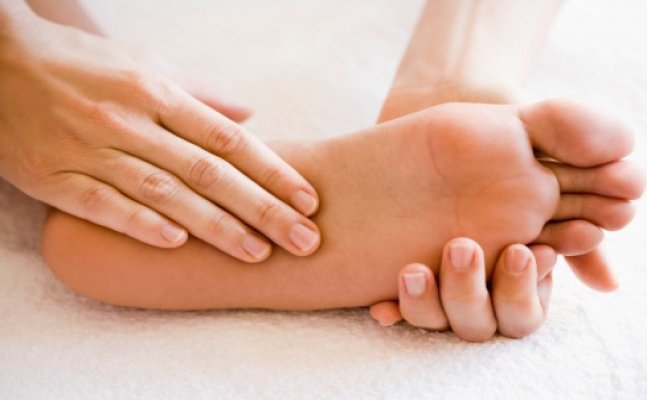Subway bread is not bread, far too sugary to be deemed as bread
- Gayatri
- Friday | 2nd October, 2020
The court argued that the bread used for Subway’s hot sandwiches contained too much sugar to qualify as a “staple food”.
The Irish Supreme Court has ruled that the bread served at global sandwich chain Subway contains too much sugar to be legally defined as ‘bread’. The five-judge panel stated that the bread was far too sugary to be deemed a “staple food” under the country’s law, thus exempting the fast-food company from a tax break.
The ruling came after the owner of a Subway franchise filed an appeal before the court, which challenged Ireland’s tax authorities’ decision not to issue a refund for Value Added Tax (VAT) on some of the company’s takeout products, including teas, coffees and sandwiches.

The court, however, ruled that the bread used in Subway’s heated sandwiches did not fall under the country’s Value-Added Tax Act of 1972, which stipulates that certain “staple foods” are exempt from being taxed. The court argued that the bread used for Subway’s hot sandwiches contained too much sugar to qualify as a “staple food”.
“The argument depends on the acceptance of the prior contention that the Subway heated sandwich contains ‘bread’ as defined, and therefore can be said to be food for the purposes of the Second Schedule rather than confectionery. Since that argument has been rejected, this subsidiary argument must fail,” the court ruled, dismissing the appeal.
According to the Irish Independent, the amount of sugar in all six varieties of Subway bread amounts to about 10 per cent of the total weight of flour in the dough. However, the Value-Added Tax Act 1972 does not permit the sugar content to cross more than two per cent of the weight of the flour.
This is not the first time Subway has courted controversy for the ingredients it uses in its sandwiches. In 2014, the company removed azodicarbonamide, a flour whitening agent, from all baked items on its menu after an online petition started gaining momentum. The ingredient is commonly used in yoga mats, synthetic leather and the soles of shoes.

If You Like This Story, Support NYOOOZ
Your support to NYOOOZ will help us to continue create and publish news for and from smaller cities, which also need equal voice as much as citizens living in bigger cities have through mainstream media organizations.











